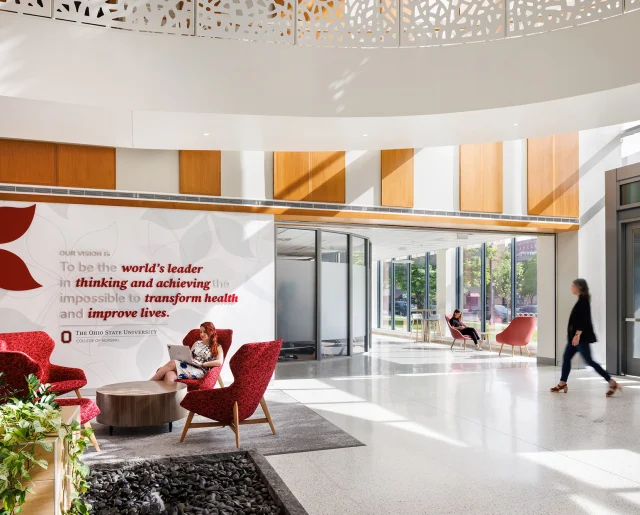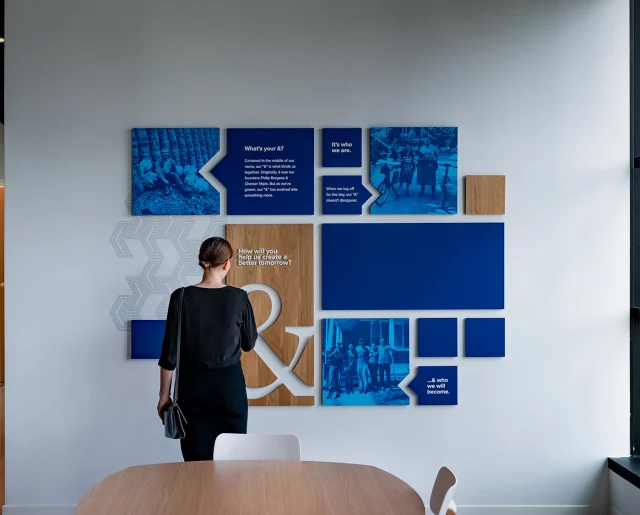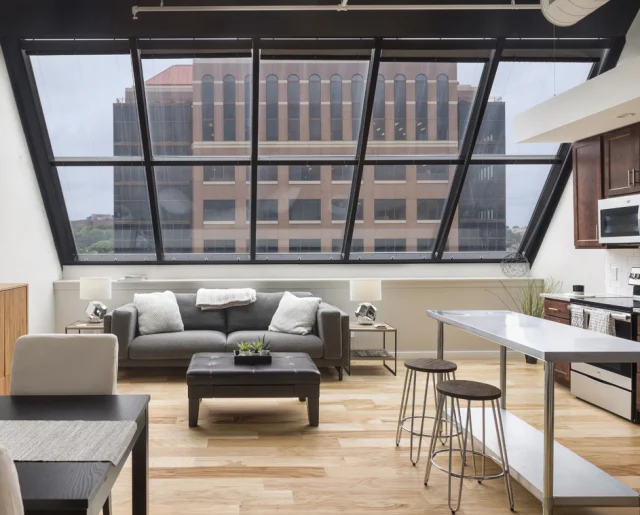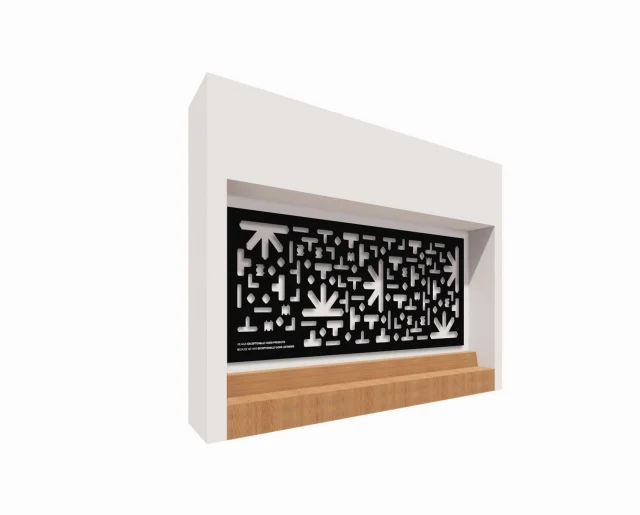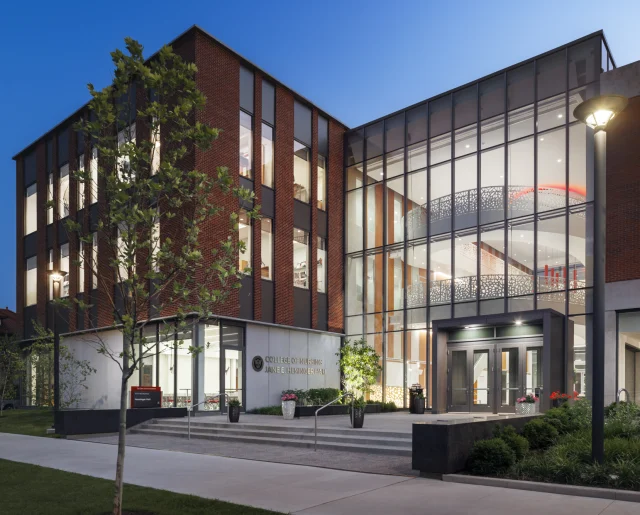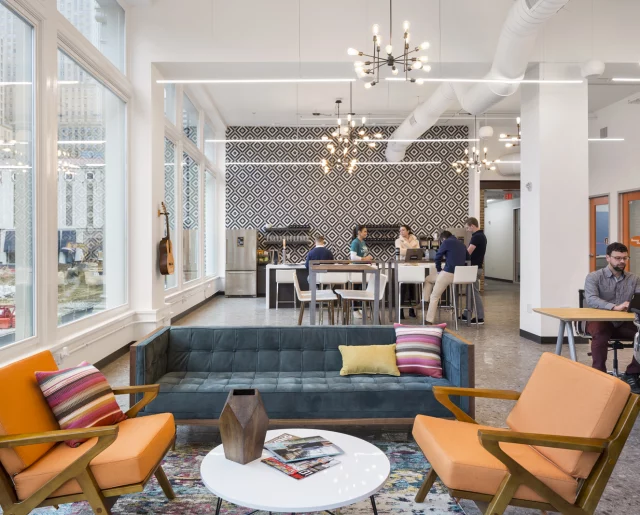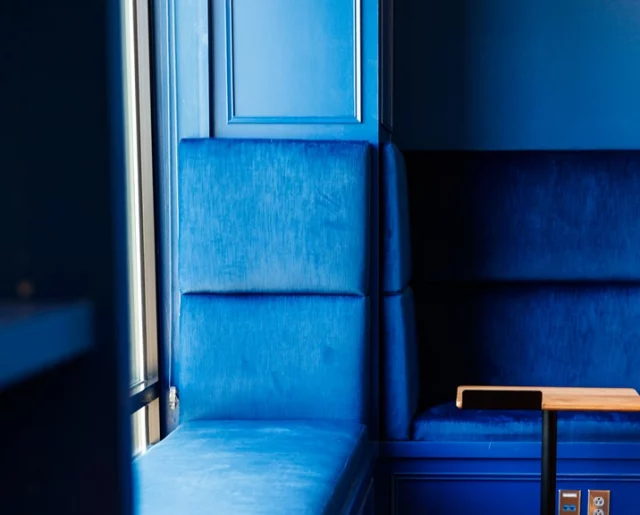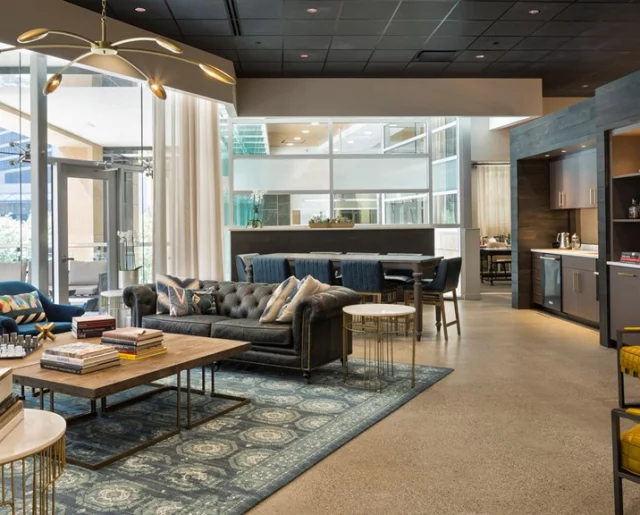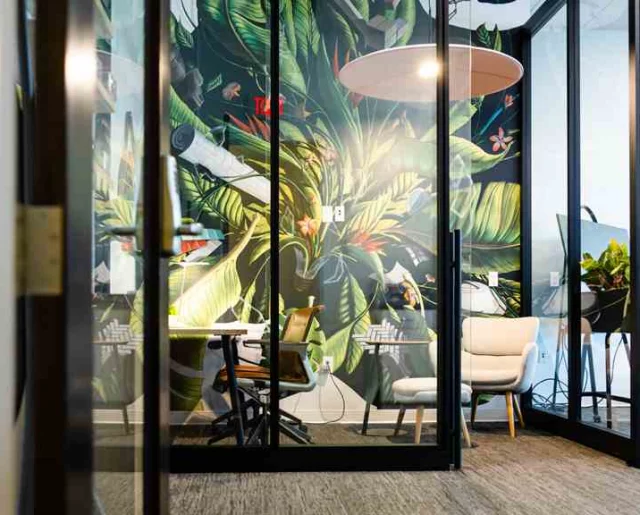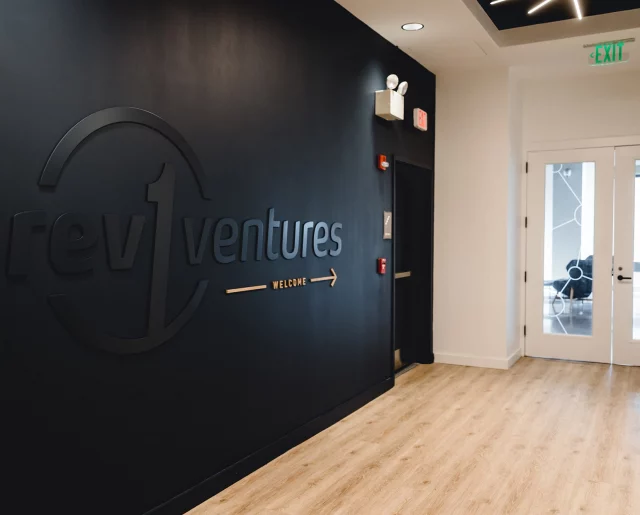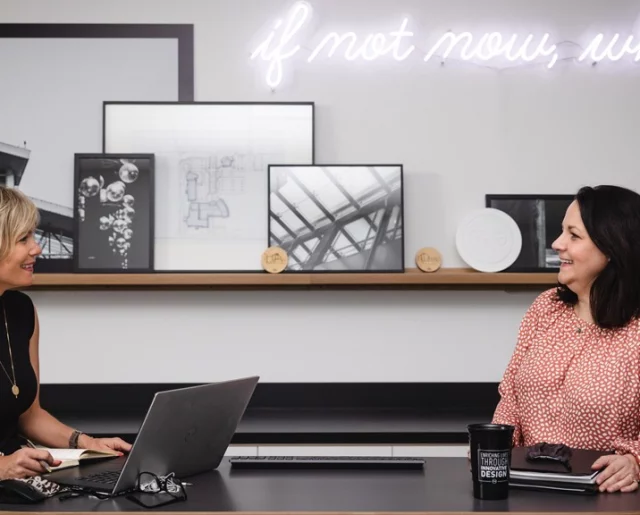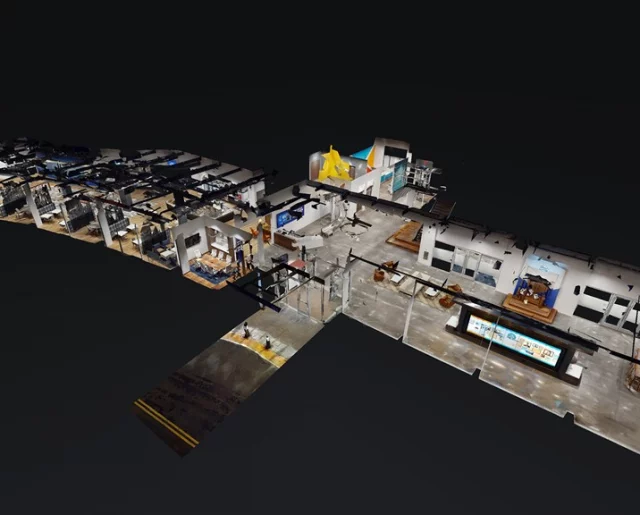3 Ways to Educate Through Experiential Design

Every organization has a story to tell—but too often, it goes untold within their physical space. We believe that your environment should reflect your purpose, your people, and your progress. Experiential Design (XD) gives you the tools to make that happen—educating visitors and reinforcing what makes your organization unique. It’s about sharing your story, showing your value, and giving everyone who walks through your doors a deeper understanding of who you are, what you do, and where you’re going.
At MA Design, we’ve helped clients turn their spaces into tools for connection, conversation, and growth. If you’re questioning the ROI of experiential design, consider this: your space can either sit quietly in the background—or it can actively support your business goals. One of the most impactful ways we’ve seen XD deliver real value? Education. The right design moments can inform, inspire, and influence—without anyone saying a word.
Here are three ways to educate through experiential design.
1. Show What You Do—and What Makes It Special

You know your business inside and out—but do your visitors? Whether you offer services, build products, or drive innovation in a niche industry, experiential design can turn your everyday work into a visual narrative that resonates.
When you let your space speak to your value, it does more than decorate—it differentiates. It helps prospective clients understand what you offer, supports recruitment by highlighting your strengths, and reminds your team of the impact they make.
For companies with tangible products, we often use materials and tools as design features. At Simpson Strong-Tie, we showcased their engineered wood connectors in the shape of Ohio—highlighting their innovative products while paying homage to their presence in the region.
For digital or service-based companies, we lean into custom photography, process storytelling, and geographic or stat-based visuals. The result? A curated narrative that shows how you innovate, solve problems, and make an impact. At Rev1 Ventures, we created a dynamic wall graphic celebrating the startups they’ve helped launch. The design features interchangeable pieces, allowing them to update the display as their impact grows—turning one conference room wall into a living portfolio.
We’ve used similar tactics with construction companies like Miles-McClellan, embedding Tapcon nails into the display of their founding year—showing tools of their trade. At Mid-City Electric we used conduit elements to showcase their expertise and spark conversation.
No matter what your output is, there’s a way to show it visually and meaningfully.
2. Reflect What You Stand For

Your mission and values are more than a paragraph on your website or employee handbook. They’re part of your brand identity—and when integrated into your space, they become tangible, visible, and memorable.
Experiential design can express your culture, communicate your priorities, and reinforce your commitment to the people and communities you serve. It shows not just what you do, but why you do it.
At Jane E. Heminger Hall, part of The Ohio State University College of Nursing, integrated the school’s mission—“to dream, discover, and deliver a healthier world”—into every level of the space. With their mission right on the wall in the main atrium space, it connects students and staff not just to the institution, but to each other and to their shared goals.
At Burgess & Niple’s headquarters in Columbus, we designed a Core Values wall in their café—a daily visual reminder of what the company stands for and what connects their teams.
When your values are part of the built environment, they gain lasting impact. They become part of the conversation. They set expectations for anyone who walks through your doors.
3. Share Where You’re Going

Your space shouldn’t just reflect who you are—it should also reflect where you’re headed. Whether you’re focused on innovation, sustainability, or expansion, experiential design helps you share your aspirations and bring others along for the journey.
Experiential design gives you a platform to tell that forward-looking story. Whether it’s showcasing long-term goals, upcoming initiatives, or innovative practices in the works, you can make it part of your brand experience.
At White Castle’s home office, we created graphic elements to build excitement around their R&D test kitchen. While the kitchen itself isn’t visible to visitors, the surrounding graphics hint at the experimentation and innovation happening behind the scenes—transforming a blank wall into a brand moment.
For clients focused on health and wellness, we’ve helped turn goals into interactive experiences. At OSU’s Heminger and Newton Halls, we designed a three-floor walking path with inspirational quotes and QR codes linking to wellness content. The design encourages movement and learning, reinforcing OSU’s commitment to wellbeing in a way that feels both personal and progressive.
People want to align with organizations that are going somewhere. Let your space show them what’s ahead.
Let Your Space Speak for You
Your brand is so much more than a logo. It’s your story—what you’ve done, what you believe, and where you’re headed. Experiential design can turn those things into an immersive, physical expression that educates every person who walks through your doors. Not in a classroom sense, but in the kind of strategic, subtle ways that build trust, reinforce brand, and show the full picture of what makes your company exceptional.
You don’t have to figure it all out alone. That’s what we’re here for. We listen to you. We learn what sets you apart. And then we craft environments that tell your story with clarity, creativity, and strategy.
See How We Can Help
Ready to start the conversation? Let’s uncover what makes you, you—and design a space that teaches the world exactly why that matters. Reach out to Alicia Orlando to explore how experiential design can help your space work harder for you.
